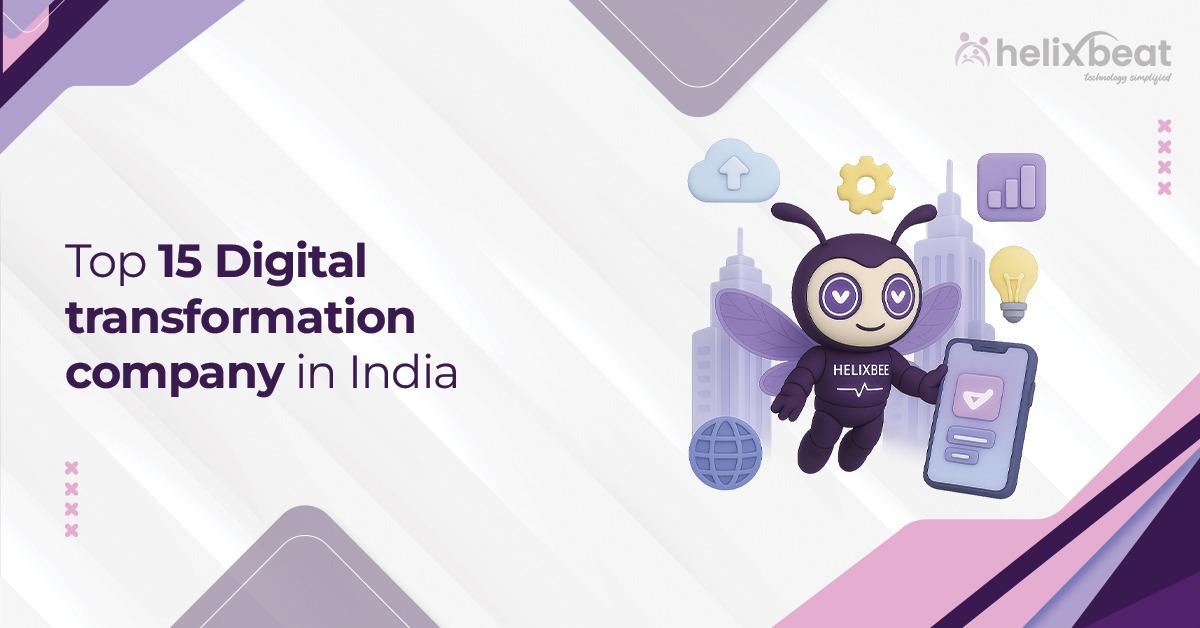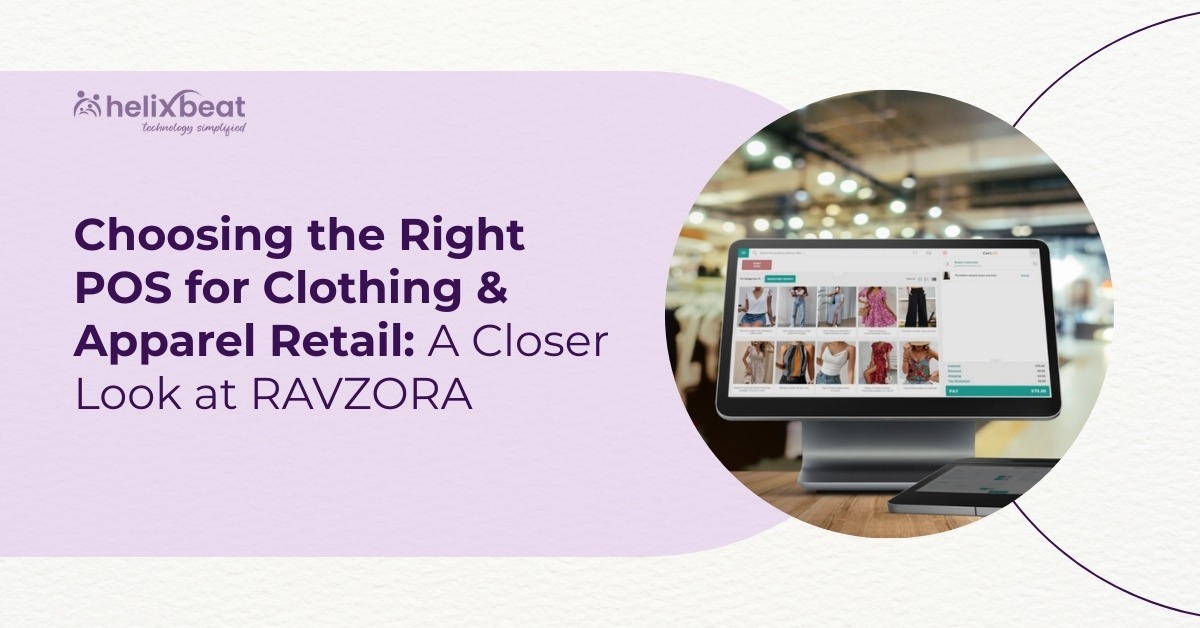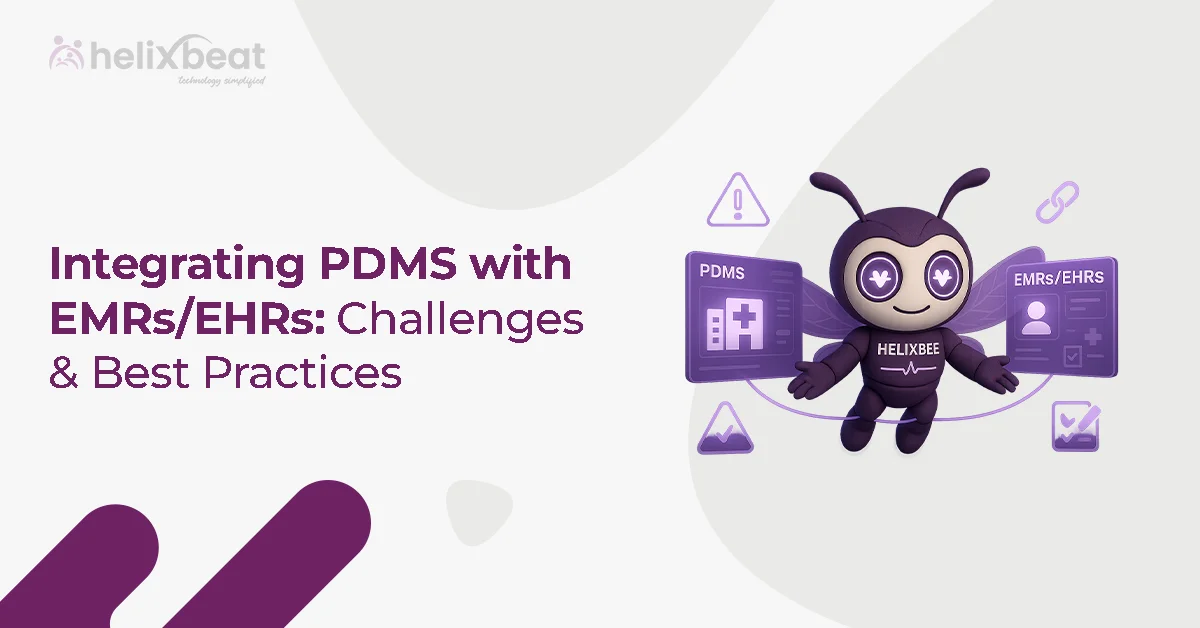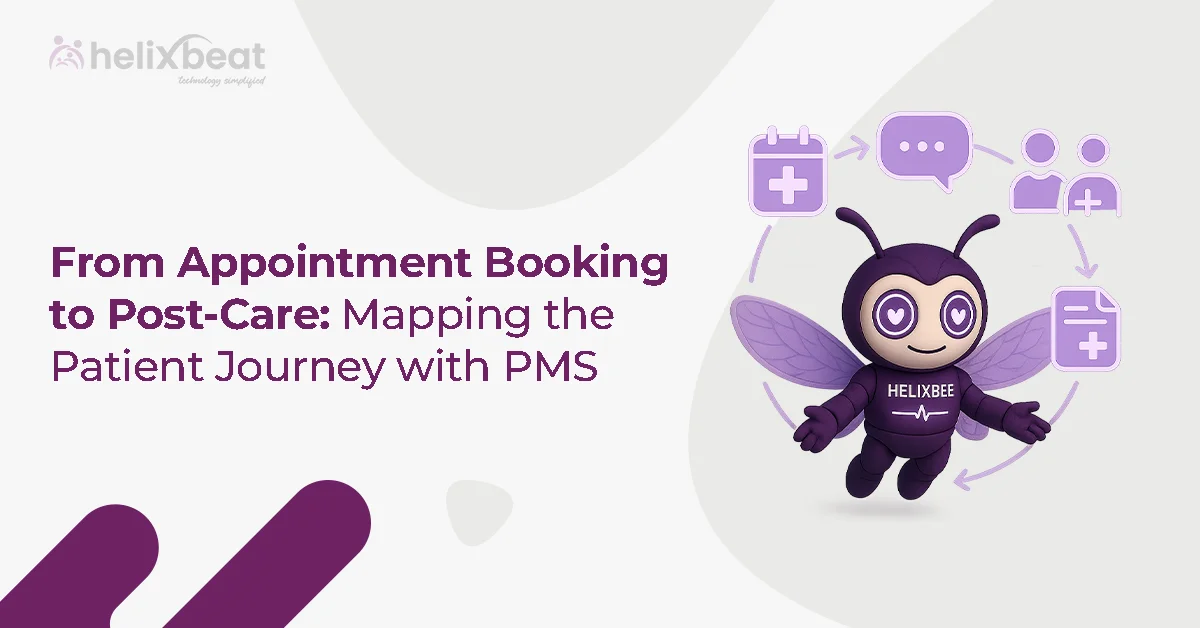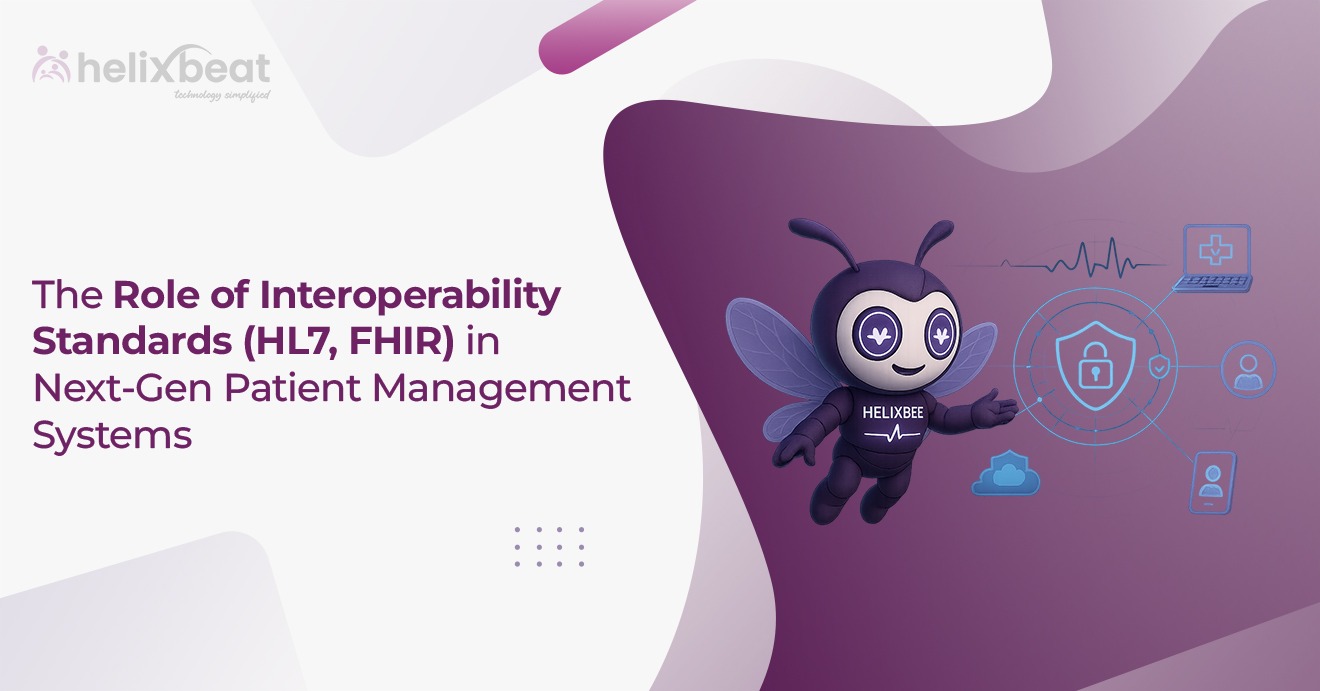Let’s say you have a patient who needs continuous monitoring for a chronic condition but can’t make it to your clinic regularly. Whether due to mobility issues, distance, or a busy schedule, accessing timely care becomes a challenge. This is where remote patient monitoring (RPM) and home healthcare come in, allowing patients to receive medical attention from the comfort of their homes.
The global RPM market is going to soar to $175.2 billion by 2027. Now, we can clearly say that remote healthcare isn’t just a trend—it’s the future of medicine. More people depend on wearable devices, smart sensors, and telehealth services to track vitals and share data with doctors in real-time.
However, challenges like data interoperability, real-time transmission, security risks, and system integration often slow down progress. This is where Fusion’s FHIR-Based Data Exchange steps in—bridging the gap between remote monitoring devices and healthcare systems to create a seamless, secure, and efficient ecosystem for patient care.
Let’s decode the challenges healthcare providers face in remote patient monitoring and home healthcare without an FHIR-based data exchange.

Table of Contents
Challenges Faced by Healthcare Providers in Remote Patient Monitoring & Home Healthcare Without FHIR
Healthcare providers, such as doctors, nurses, and caregivers, face several difficulties when managing patient data and treatment remotely without FHIR-Based Data Exchange. Below are the major challenges with detailed explanations and real-world examples:
1. Lack of Seamless Data Exchange
In remote healthcare, different medical devices (such as glucose monitors, ECGs, and smartwatches) and hospital systems collect patient data in various formats. Without a common standard like FHIR-Based Data Exchange, these systems cannot easily communicate with each other. This results in fragmented data, making it hard for healthcare providers to get a complete picture of a patient’s health.
A patient with heart disease uses a wearable ECG device at home. The device collects heartbeat data, but the hospital’s system does not support the format. As a result, the doctor cannot directly access the ECG readings and must rely on the patient’s verbal reports or manually entered data, which increases the risk of misinterpretation.
2. Incomplete or Delayed Patient Information
Timely access to patient data is critical for remote monitoring and home healthcare. Without FHIR-Based Data Exchange, patient records are often stored in separate systems that don’t sync in real time. This causes delays in accessing updated health information, which can lead to late diagnosis or missed warnings of a medical emergency.
A patient recovering from surgery at home experiences sudden high blood pressure during the night. Their home health monitoring system records the data, but since it does not integrate with the hospital’s system, the doctor only sees the update during the next scheduled check-up. This delay could lead to severe complications such as a stroke.
3. Increased Administrative Workload
Without an automated system for seamless FHIR-based data exchange, healthcare providers must manually enter patient data from one system to another. This not only increases their workload but also consumes valuable time that could be spent on patient care.
A home healthcare nurse visits multiple patients daily. After checking a patient’s vital signs, the nurse records the readings on paper and later enters the data into a computer at the hospital. This duplication of work is inefficient and increases the chances of data entry errors.
4. Higher Risk of Medical Errors
Manually handling and transferring patient information increases the chances of errors such as incorrect diagnosis, improper medication, or overlooked treatment updates. Missing or outdated health data can result in life-threatening mistakes.
A diabetes patient’s blood sugar levels are recorded manually by their home nurse and then entered into the hospital system later in the day. Due to a transcription mistake, the hospital system records a significantly lower blood sugar level, leading the doctor to prescribe a lower insulin dose than needed. This could result in serious health complications.
5. Security & Privacy Risks
Without FHIR-Based Data Exchange, healthcare providers often share patient information through unsecured methods like emails, spreadsheets, or phone calls. These methods expose sensitive patient data to cyber threats, unauthorized access, and compliance violations.
A home healthcare provider emails a patient’s test results to a doctor. If this email is intercepted or sent to the wrong address, the patient’s private medical information is exposed, leading to privacy breaches and potential misuse of data for identity theft.
6. Difficulty in Remote Monitoring & AI Integration
AI-powered healthcare tools rely on structured, standardized data for accurate analysis and predictive insights. Without FHIR-Based Data Exchange, remote monitoring systems receive unstructured or incomplete data, making it difficult to detect early warning signs of diseases.
An AI-based heart attack prediction system analyzes patient data from different sources. Since data from wearable heart rate monitors is stored in a format incompatible with the hospital’s AI tool, the system cannot detect early warning signs. As a result, the patient does not receive timely medical attention.
7. Slow Insurance Approvals & Claim Processing
Insurance companies require detailed and standardized medical records for claim approvals. Without FHIR-Based Data Exchange, patient records may be incomplete or formatted differently across multiple systems, leading to longer processing times and denied claims.
A patient receiving home physiotherapy submits a medical claim to their insurance provider. However, since the home healthcare system and hospital use different formats for medical records, the insurer requests additional paperwork, delaying reimbursement. The patient has to wait weeks before receiving financial support.
8. Poor Patient Engagement & Access to Their Own Data
Patients benefit from having access to their medical records to monitor their health, share data with different doctors, and make informed decisions. Without FHIR-Based Data Exchange, patients often face difficulties retrieving and sharing their health information, leading to frustration and reduced engagement in their treatment.
A senior citizen receiving home healthcare wants to visit a specialist for a second opinion. The specialist requests past medical records, but since the home nurse’s system and hospital database are not integrated, the patient has to print out medical reports and carry them physically, leading to delays in diagnosis and treatment.
FUSION’s FHIR-Based Data Exchange in Remote Patient Care & Home Healthcare
Making Data Work Together Smoothly
One of the biggest challenges in healthcare is dealing with different data formats. FUSION FHIR-Based Data Exchange ensures that all patient records, test results, and prescriptions are in a standardized format, making it easier for different healthcare systems to communicate. This means no more lost reports or mismatched records—just smooth, FHIR-based data exchange that helps doctors make faster, more accurate decisions.
Instant Alerts for Quick Action
When it comes to health, every second counts. FUSION sends real-time alerts when a patient’s vitals go beyond safe limits, when medications are skipped, or when an emergency arises. Whether it’s a doctor, nurse, or family member, the right person gets notified instantly, ensuring prompt action and better patient safety.
All Your Medical History in One Place
Gone are the days of searching for old prescriptions or redoing tests because previous reports are missing. With FUSION, all patient records—including medication lists, diagnoses, and progress notes—are securely stored and easily accessible. This helps healthcare providers understand the full picture and make informed decisions without delays.
Seamless Integration with Wearables & IoT Devices
From smartwatches that track heart rate to glucose monitors that keep an eye on sugar levels, wearable devices play a huge role in modern healthcare. FUSION connects effortlessly with these devices, ensuring FHIR-Based Data Exchange and syncing of patient vitals. This allows healthcare providers to monitor patients remotely, anticipate potential risks, and offer proactive care.
Security & Privacy You Can Trust
With sensitive health data at stake, security is non-negotiable. FUSION ensures end-to-end encryption and strict compliance with HIPAA and other global healthcare regulations. Role-based access and multi-factor authentication mean that only authorized professionals can view patient data, keeping personal health information safe from breaches and unauthorized access.
Telehealth: Doctor’s Visits Without the Travel
FUSION enables seamless virtual consultations, making healthcare more accessible than ever. Whether it’s a routine follow-up or an urgent diagnosis, patients can connect with doctors from the comfort of their homes. AI-powered insights assist doctors in treatment planning, ensuring accurate and timely care without unnecessary hospital visits.
Smart Decisions
FUSION isn’t just about collecting data—it’s about making sense of it. Advanced AI algorithms analyze patient records, detect patterns, and provide doctors with valuable insights for personalized treatment plans. By predicting potential complications, it helps prevent emergencies before they happen.
Never Miss a Medication Again
Managing medications can be challenging, especially for elderly patients or those with complex treatment plans. FUSION sends reminders for medication intake, ensuresprescription accuracy, and even allows e-prescriptions to be sent directly to pharmacies, reducing errors and improving adherence to treatment.
Simplifying Insurance & Billing
Medical bills can be confusing, but FUSION simplifies the process by automating insurance verification and claims. It ensures transparency in medical expenses, reduces paperwork, and speeds up reimbursement, making healthcare more patient-friendly.
Helping Healthcare Providers Do More
Doctors and nurses already have a lot on their plate. FUSION lightens their workload by automating data entry, scheduling, and communication, allowing them to focus on what matters most—patient care. Remote patient monitoring also enables them to keep an eye on multiple patients efficiently, improving healthcare delivery.
Better Management for Chronic Conditions
For patients with chronic diseases like diabetes, hypertension, or COPD, continuous monitoring is key. FUSION FHIR-Based Data Exchange tracks real-time health data, provides early warnings, and enables personalized treatment plans, reducing hospital visits and improving long-term health outcomes.
Supporting Recovery at Home
Post-surgery or rehabilitation care doesn’t always require hospital stays. FUSION provides virtual therapy sessions, tracks recovery progress, and alerts healthcare providers to complications, ensuring patients recover comfortably and safely at home.
Empowering Patients with Knowledge & Access
When patients are informed, they make better health choices. FUSION provides personalized health insights, lifestyle recommendations, and easy-to-use mobile apps that allow self-monitoring. 24/7 access to healthcare resources ensures patients stay engaged in their wellness journey.
Enhancing Collaboration Across Healthcare Teams
Healthcare is a team effort. FUSION ensures seamless communication between doctors, nurses, and caregivers, enabling them to collaborate efficiently on patient care. In emergencies, quick coordination can make all the difference, and FUSION FHIR-Based Data Exchange helps make that happen.
Make your move today for better remote patient monitoring
As the world embraces remote patient monitoring, FUSION’s FHIR-Based Data Exchange stands at the forefront, transforming healthcare into a seamless, connected experience. No longer confined by distance, patients receive timely care, doctors make informed decisions faster, and caregivers stay updated in real time. With AI-driven insights, smart alerts, and secure data sharing, healthcare becomes proactive rather than reactive.
Whether managing chronic conditions, streamlining prescriptions, or enabling virtual consultations, FUSION makes quality care accessible from anywhere. As technology evolves, so does FUSION’s FHIR-Based Data Exchange—ensuring a future where healthcare is not just smarter but also more compassionate and patient-centric.
FAQs
- What is FHIR-based data exchange in remote patient monitoring?
FHIR-based data exchange standardizes health data sharing between devices and healthcare systems for seamless, secure, and real-time patient monitoring. - 2. How does FHIR improve remote patient monitoring (RPM)?
FHIR enables interoperability, real-time data access, and integration with wearables, reducing errors and enhancing patient care. - What challenges does FHIR solve in home healthcare?
It addresses data fragmentation, security risks, delayed updates, manual entry errors, and integration issues across healthcare systems. - Can FHIR integrate with wearable health devices?
Yes, FHIR allows wearables like smartwatches and glucose monitors to sync with healthcare systems, providing real-time patient insights. - How does FHIR enhance telehealth and virtual consultations?
FHIR ensures seamless data exchange, giving doctors instant access to patient records for more accurate diagnoses and treatment plans. - Is FHIR-based data exchange secure for patient information?
Absolutely! FHIR follows strict security protocols, including encryption, authentication, and compliance with healthcare privacy regulations.
- How does FHIR support AI-driven healthcare insights?
By structuring data, FHIR enables AI-powered analysis for predictive healthcare, early disease detection, and personalized treatment plans. - How can healthcare providers implement FHIR in their systems?
Providers can integrate FHIR-compatible platforms like FUSION, ensuring smooth interoperability between devices, hospitals, and insurers.







